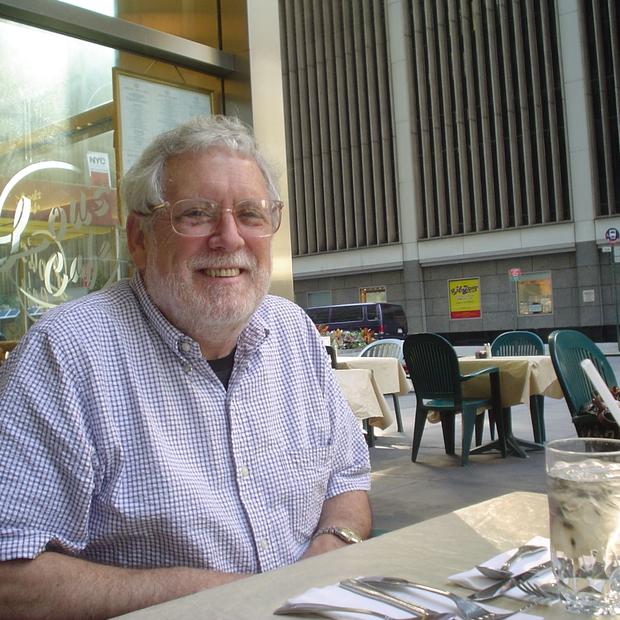The state'ês labor market report Tuesday (March 2) was another mixed bag of economic news. There was good news with 12,400 jobs created in January, the first monthly increase in over a year. The unemployment rate, however, increased slightly to 9.3 percent, from 9.2 percent in December.
The experts still see a statistical economic recovery taking place, measured by the gross domestic product growing again. But that recovery is far removed from the day-to-day struggles of the unemployed. The state has yet to show a sustained period of employment growth, although the January gain was substantial.
The state Employment Security Department pointed to an uncertain future in its report. 'êTwo very different pictures are emerging when viewing month-over-month changes or changes over the year,'ê the report said. 'êOver the month, all industry sectors added jobs with the exception of other services and transportation, warehousing, and utilities. However, over the year the situation is reversed, and all sectors except education and health services shed jobs.'ê
The labor force increased by just 0.1 percent between December and January, a reflection that people without jobs are still not very confident they will find employment. And still, the number of unemployed rose by 1.1 percentage points.
Keep in mind, though, that the jobs report is preliminary and subject to revisions. For example, the department initially reported that 3,800 jobs were lost in December, but later revised that number upward to 8,300. Taking December's loss and January's gain together, the net result is an increase of 4,100 jobs. At that rate, it will be nearly three years before the state returns to its peak employment levels of February 2008.
Desiree Phair, Employment Security regional labor economist, said it's too early to know for sure, but the upward tick could be a sign of recovery. "It's fairly typical for unemployment to go up during the first few months of a recovery as discouraged workers reenter the labor force," Phair said.
The construction industry remains a major reason for the severity of the slump. It has been exactly two years since the construction industry posted its last increase in payrolls, in January 2008.
In the Seattle-Bellevue-Everett area, the unemployment rate remained unchanged at 8.9 percent, with about 133,000 people unemployed. In other areas, unemployment rates are rising significantly. Tacoma/Pierce County had an unemployment rate of 10.7 percent compared with 9.5 percent in December. Snohomish County's rate increased to 10.5 percent from 10.1.
Across the state, 30 of Washington'ês 37 counties had unemployment rates in double digits. Ferry County, in the northeast corner of the state, was the highest at 16.2 percent. Whitman County, in the southeast corner, was the lowest at 6.2 percent.
Another measure shows the true problem with the economy these days: the unemployment rate that counts unemployed people as well as those working part-time for economic reasons and those who have quit looking for work because they are discouraged. That number stood at 16.2 percent statewide, the same as the national average. In Oregon, that rate is 20.7 percent; in California, 21.1 percent.
The state said that 'êdiscouraged, marginally attached and especially involuntary part-time workers have been particularly vulnerable during this economic downturn in Washington.'ê
The economy gets a bit harder to track in the coming months. For example, hiring for workers to help with the 2010 census is picking up, and that will impact unemployment rates. But a once-every-10-years job is hardly a base for long-lasting economic growth.
A recent Commerce Department report estimated that hiring of temporary census workers might increase the payroll employment estimate by over 500,000 jobs in May, pushing down the unemployment rate. With the political season heating up, the spin doctors should have a grand time with that one.
Washington'ês overall economy is doing better. Economists predict more job creation in the first quarter, driven by exports and job stability at Microsoft and Boeing. Economies in Asia, especially China, are leading a global recovery and Washington, with strong ties to Asia, should benefit from that growth.
The state Revenue and Forecast Council points to several other positive signs for the overall economy:
- The Washington Purchasing Management Index has been above 50 for six months. A reading above 50 usually signals economic growth.
- No major layoffs are planned, based on notices filed under the Worker Adjustment and Retraining Notification (WARN) requirement. Companies are required to give a 60-day notice of intent to cut workers. Only 440 jobs have been listed in the first quarter of this year. A year ago the number was 7,482.
- Inflation, as measured by the Seattle Consumer Price Index, remains very weak. Consumer prices rose only 1.4% from December 2008 to December 2009. Core inflation (excluding food and energy) was even weaker at 0.4%. With housing costs (a significant factor in measuring inflation) down, one would expect inflation to be low and remain low for some time.
'êIt'ês encouraging to see jobs finally coming back,'ê said Employment Security Commissioner Karen Lee. 'êI hope it signals the beginning of a job-full recovery, not a job-less recovery.'ê
An estimated 359,500 people (not seasonally adjusted) in Washington were unemployed and looking for work in January, Employment Security said. More than 305,000 people received unemployment benefits in the state in January.
A final caution from Employment Security: Remember, one month is not a trend, so don'êt get too excited about fluctuations in the numbers from month to month.



